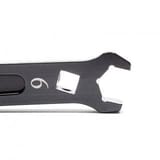Benefits and Cons of the Lexus V8 Engine
The Lexus V8 engine—especially the legendary 1UZ-FE and 3UZ-FE—has developed a cult following among enthusiasts looking to swap bulletproof powerplants into their 4x4s, hot rods, and drift cars. Renowned for smooth performance and exceptional reliability, these engines have powered everything from luxury sedans to rugged conversion projects. But like any engine, they have their pros and cons.
In this post, we’ll break down the benefits and drawbacks of the Lexus V8 so you can decide if it’s the right choice for your build.
1. Benefits: Legendary Reliability and Longevity
The Lexus V8 was engineered to last. Many enthusiasts consider the 1UZ-FE one of the most reliable V8s ever built. With an all-aluminum block and forged internals, it was designed for smooth, high-revving performance.
Owners frequently report engines passing 500,000 km with minimal internal wear—especially when serviced on time. For a swap project, this means you get a robust powerplant that doesn’t need a rebuild just to be dependable.
🔗 Read more about the 1UZ-FE’s specs and history here
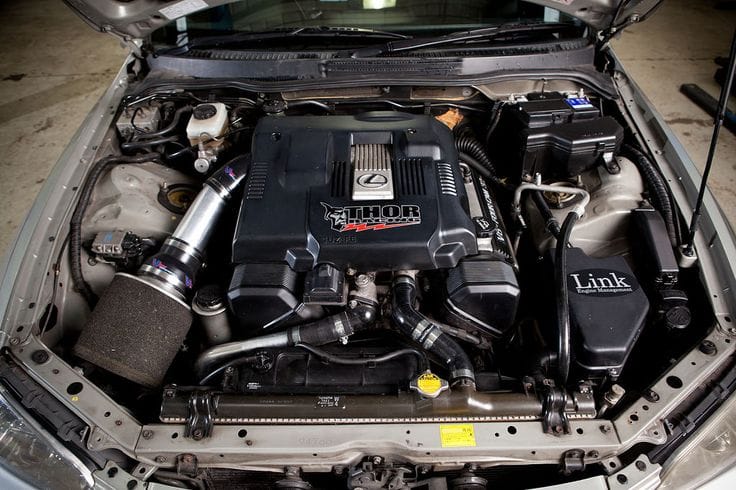
2. Benefits: Smooth, Refined Power Delivery
Unlike many older V8s that feel rough and noisy, the Lexus V8 is silky smooth. The 1UZ and 3UZ were designed for Lexus flagship sedans, so they deliver quiet, refined power.
Even in a rugged off-road swap, you’ll notice how smoothly it idles and how linear the torque curve feels. For drivers who want luxury-level smoothness in a custom build, this engine is hard to beat.
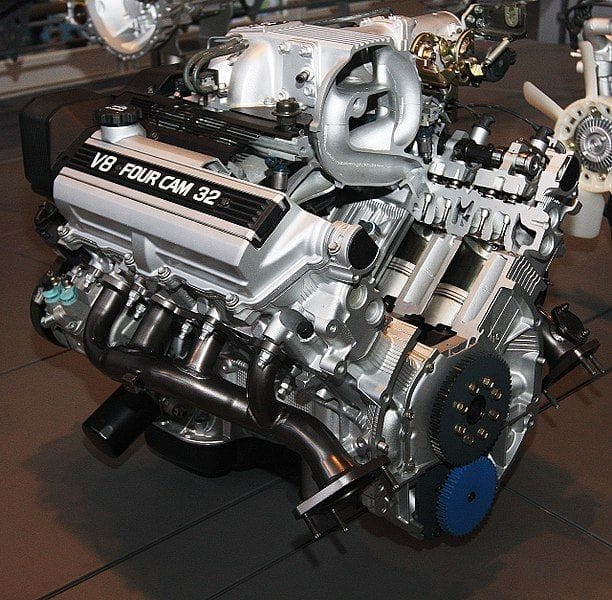
3. Benefits: Good Performance for the Price
These engines produce around 190–216 kW (260–290 hp) depending on the model. Combined with respectable torque and the ability to rev to around 6,500 RPM, they offer solid performance—especially for their price.
Because the 1UZ and 3UZ are relatively common in the used market, you can often find them much cheaper than LS or modern Coyote V8s, making them an affordable choice for engine conversions.
4. Cons: Limited Aftermarket Support
Compared to American V8s like the Chevy LS, the Lexus V8 has limited bolt-on aftermarket support. You may need custom mounts, wiring harnesses, and ECU solutions for your swap project.
While companies are starting to offer more conversion parts, be prepared for extra fabrication work and troubleshooting. This can add both time and cost to your build.
🔗 Helpful resource on Lexus V8 swaps
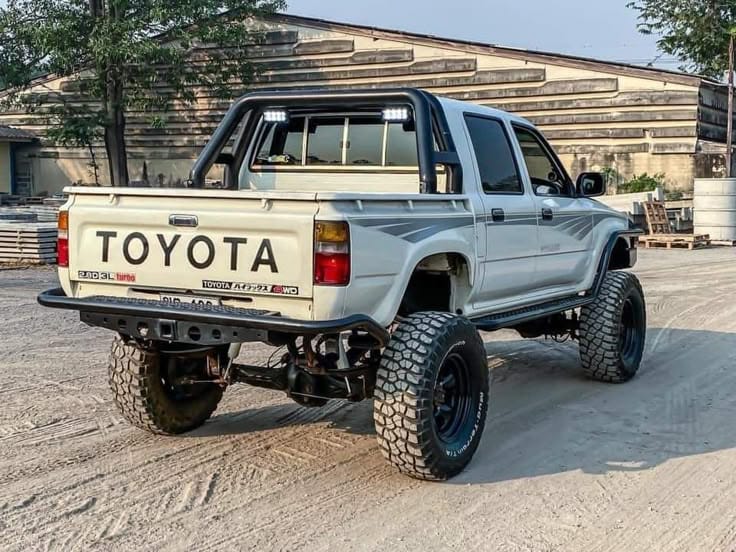
5. Cons: Automatic Transmissions and Electronics
Many Lexus V8s came mated to automatic transmissions with integrated electronic controls. This can complicate your swap if you plan to run a manual gearbox or standalone ECU.
Some builders opt for aftermarket ECUs or adapter kits to simplify wiring and unlock more tuning options. Still, compared to simpler carbureted V8s, the electronics can be challenging for first-time swappers.
6. Cons: Size and Fitment Challenges
The Lexus V8 is physically larger than many inline-fours or V6s. If you’re fitting it into a compact engine bay, be prepared to modify mounts, transmission tunnels, or even the firewall.
Oil pan clearance and exhaust routing are common issues, especially in 4x4 swaps. Careful planning and measurement before purchasing can save a lot of headaches.
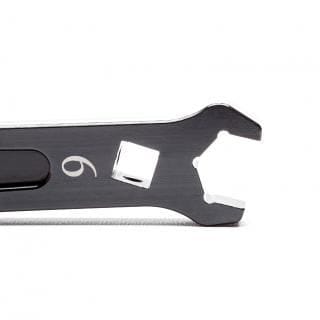
Conclusion
The Lexus V8 is an impressive engine—combining luxury smoothness, strong performance, and Toyota’s legendary reliability. But it isn’t a plug-and-play solution for every project. Limited aftermarket support, electronic complexity, and fitment challenges mean it’s best suited to builders comfortable with custom fabrication and wiring.
Have you considered or completed a Lexus V8 swap? What was your experience? Let us know in the comments below!
